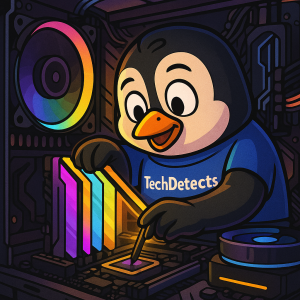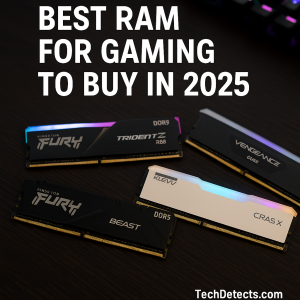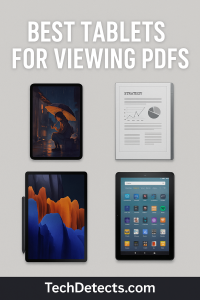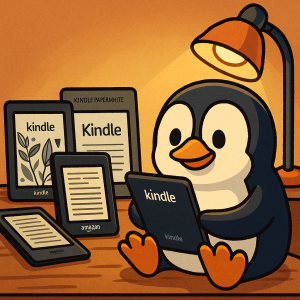Best Drones for Videos & Photos to Buy in 2026
Aerial cameras have evolved fast — and in 2026, the best drones deliver cinematic 4K+ video, large image sensors, strong wind stability, and intelligent obstacle avoidance. Whether you’re a travel vlogger, real estate shooter, or cinematographer, this list highlights the most capable and reliable drones for every budget.
We’ve tested and shortlisted drones that combine camera quality, flight reliability, and software ecosystems (DJI Fly, Autel Sky, etc.) that actually help creators capture better footage — not just specs on paper.
In case you are looking for some indoor activity, then check out Best Indoor Drones to Buy (Safe, Quiet, Cinematic)

Quick Picks (TL;DR)
- Best Overall Drone: DJI Air 3 – dual camera system, long flight time, reliable in all conditions.
- Best for Professionals: DJI Mavic 3 Pro – 4/3 CMOS Hasselblad camera with variable tele lenses.
- Best for Travel Creators: DJI Mini 4 Pro – sub-250g, 4K60 HDR, omnidirectional obstacle sensing.
- Best Budget Option: Autel EVO Nano+ – 1/1.28” sensor, f/1.9 lens, compact build.
- Best FPV Option: DJI Avata 2 – cinematic FPV with 4K120, stabilization, and intuitive control.
- Best Long Range: Autel EVO Lite+ – 1” sensor, 6K video, strong signal reliability.
In case you want to step up the fun of flying the drone, then check out Best Tablets for Drone Flying & Operations to Buy
DJI Air 3 — Best Overall Drone for 2026
Why it’s great: The DJI Air 3 balances camera versatility and flight endurance like no other. Dual 1/1.3” sensors (wide + 3x tele) shoot crisp 4K60 HDR. It’s fast, quiet, and steady even in strong winds, with 46-minute battery lifeand full obstacle sensing.
Best for: Filmmakers and content creators seeking a professional yet portable setup.
Highlights: Dual 1/1.3” sensors · 4K60 HDR · 46-min flight · omnidirectional sensing · O4 transmission.
DJI Mavic 3 Pro — Best for Professionals
Why it’s great: This flagship carries a 4/3 CMOS Hasselblad camera and dual telephoto lenses, offering unmatched dynamic range and flexibility in post-production. Shoots up to 5.1K video and 20MP stills, backed by DJI’s O3+ transmission.
Best for: Professionals who demand the best aerial image quality in a foldable form.
Highlights: 4/3 CMOS main sensor · dual tele lenses · 43-min flight · 5.1K video · 20MP RAW stills.
DJI Mini 4 Pro — Best for Travel Creators
Why it’s great: Under 249g yet loaded with omnidirectional obstacle sensors, 4K60 HDR, and vertical shooting for social media. Foldable and light enough for hiking while offering O4 transmission and 34-minute flight time.
Best for: Vloggers, travelers, and casual creators who want portability without compromise.
Highlights: 1/1.3” CMOS · 4K60 HDR · sub-250g · vertical video · omnidirectional obstacle sensing.
Autel EVO Nano+ — Best Budget Drone
Why it’s great: Compact but powerful, the Nano+ features a 1/1.28” sensor with RYYB color filter for rich low-light performance. No need for registration in many countries and easy to fly even for beginners.
Best for: Beginners or budget-conscious creators who still want professional-looking results.
Highlights: 1/1.28” CMOS · f/1.9 lens · 4K30 video · 28-min flight · 249g weight.
DJI Avata 2 — Best FPV Cinematic Experience
Why it’s great: The Avata 2 merges FPV immersion with cinematic stabilization. Shoots 4K120 with a 1/1.3” sensor, offering smooth, close-proximity flight. Paired with DJI Goggles 3 and RC Motion 3, it’s a thrill for cinematic pilots.
Best for: FPV and action creators who want smooth, immersive footage.
Highlights: 1/1.3” CMOS · 4K120 · RockSteady + HorizonSteady · ducted prop design · long battery.
Autel EVO Lite+ — Best Long Range Drone
Why it’s great: The Lite+ has a 1-inch sensor capable of 6K30 video, excellent for long-range photography or video work. The adjustable aperture (f/2.8–f/11) offers cinematic flexibility and superior low-light performance.
Best for: Pilots who value long range, strong connection, and cinematic control.
Highlights: 1” CMOS · 6K30 video · 40-min flight · adjustable aperture · anti-flicker night mode.
Comparison Table (at a glance)
| Model | Camera Sensor | Video | Weight | Flight Time | Obstacle Sensing | Ideal For |
|---|---|---|---|---|---|---|
| DJI Air 3 | Dual 1/1.3” | 4K60 HDR | 720g | 46 min | Yes (360°) | All-round creators |
| DJI Mavic 3 Pro | 4/3 + Tele | 5.1K | 958g | 43 min | Yes (360°) | Professionals |
| DJI Mini 4 Pro | 1/1.3” | 4K60 HDR | 249g | 34 min | Yes (360°) | Travel vloggers |
| Autel EVO Nano+ | 1/1.28” | 4K30 | 249g | 28 min | Yes (basic) | Beginners |
| DJI Avata 2 | 1/1.3” | 4K120 | 377g | 23 min | Partial | FPV videographers |
| Autel EVO Lite+ | 1” | 6K30 | 835g | 40 min | Yes (front/rear/bottom) | Long-range pilots |
Buying Tips
- Weight & Registration: Under-250g drones often skip registration but have smaller sensors. Heavier drones offer better image quality and wind resistance.
- Sensor Size Matters: Larger sensors = better low light and dynamic range.
- Transmission Systems: DJI’s O4 and Autel’s SkyLink 2.0 provide top reliability.
- ND Filters: Essential for smooth cinematic footage.
- Extra Batteries: Always carry at least two spares.
Final Thoughts
In 2026, DJI dominates the sky again, but Autel remains a strong alternative. For most creators, the DJI Air 3 is the perfect middle ground between portability and professional image quality. The Mini 4 Pro suits travelers, the Mavic 3 Pro leads for professionals, and the Avata 2 offers a new dimension of cinematic FPV fun. Whatever your needs, these drones guarantee breathtaking aerial videos and photos.






